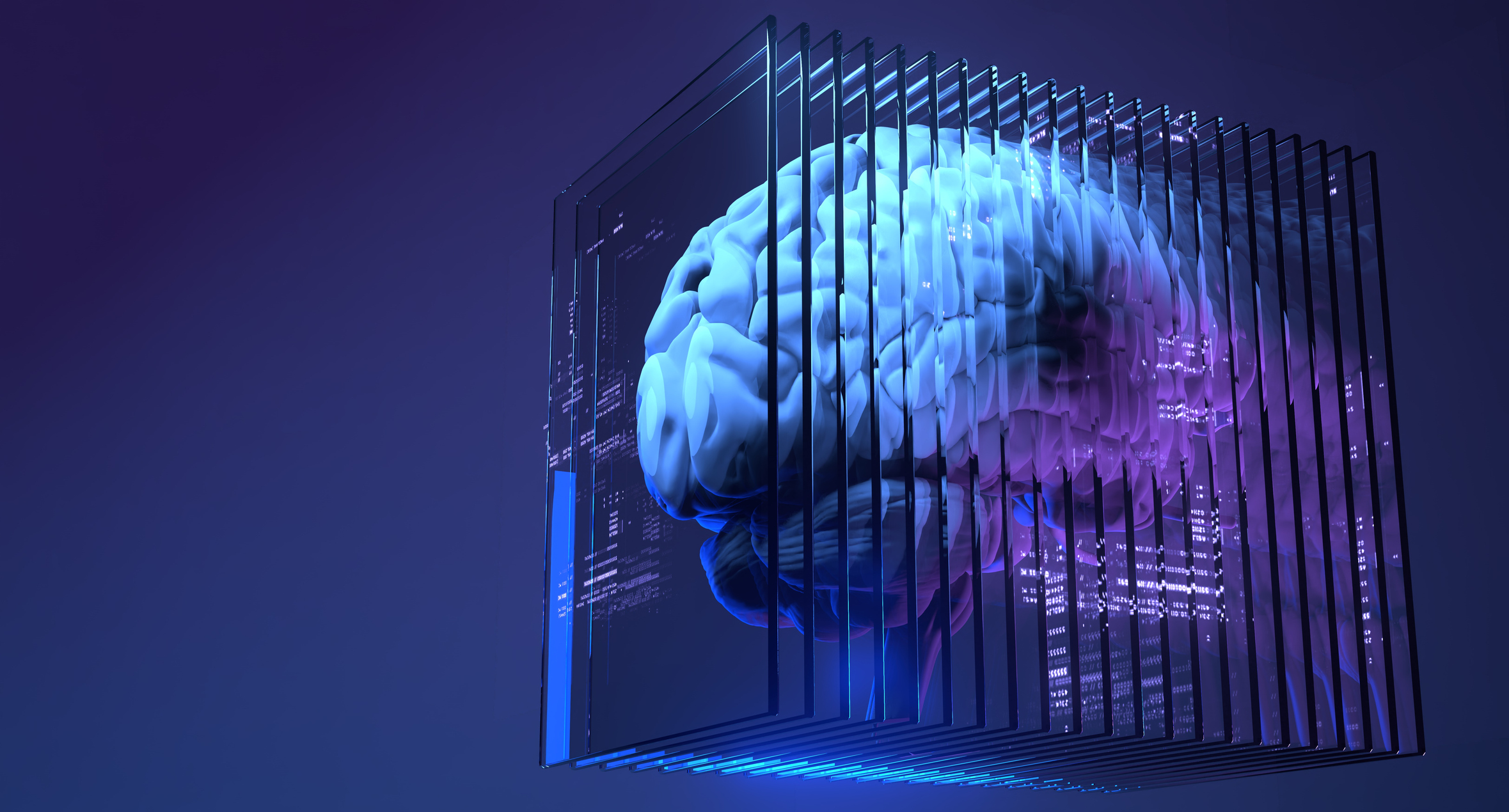What is Artificial General Intelligence (AGI)?
Artificial General Intelligence (AGI) is a theoretical form of AI that possesses human-level intelligence, enabling it to learn, adapt, and reason across a wide range of tasks. Unlike today’s AI, which excels in specific, narrowly defined domains (like recognizing faces, translating languages, or playing chess), AGI aims to replicate the cognitive flexibility of the human mind.
AGI represents the ultimate goal of AI research. It’s not about building tools for singular purposes but creating a machine that can think and learn like a human—capable of tackling challenges, acquiring new knowledge, and applying that knowledge to diverse situations. While AGI remains a future concept, the journey toward achieving it is shaping the cutting-edge advancements in AI.
AI vs. AGI: What Sets Them Apart?
Most AI systems today fall into the category of narrow AI, designed to perform specific tasks with precision. For instance, your virtual assistant can set reminders, translate text, or recommend music—but it doesn’t “understand” these tasks or adapt beyond its programmed functions.
In contrast, AGI seeks to break free from these limitations by mimicking human intelligence. It’s envisioned as an adaptable and versatile entity capable of applying knowledge and learning across diverse fields. Here’s a comparison to illustrate the differences:
| Feature | AI (Narrow AI) | AGI |
|---|---|---|
| Focus | Specific tasks | A broad range of tasks |
| Learning | Learns for a single purpose | Adapts and generalizes to new tasks |
| Understanding | Limited understanding of the world | Incorporates common sense and reasoning |
| Transfer Learning | Cannot apply knowledge to new tasks | Applies knowledge across domains |
| Current Status | Widely used in various industries | A theoretical concept, not yet achieved |
Analogy:
- AI: A specialist—like a calculator that solves equations but cannot write an essay.
- AGI: A generalist—like a human who can solve equations, write essays, and learn new skills.
For example, a narrow AI system can master chess but cannot use that knowledge to play poker or understand strategic thinking in other areas. AGI, on the other hand, would be able to learn chess, transfer those problem-solving skills to poker, and even apply strategic thinking to business scenarios.
How Are Researchers Pursuing AGI?
Achieving AGI is one of the most complex challenges in AI. Researchers are exploring several approaches to make machines more intelligent and adaptive. Key techniques include:
- Machine Learning (ML):
- Focuses on training AI systems using massive datasets.
- While it enables some adaptability, ML systems are currently task-specific and lack the generalization required for AGI.
- Deep Learning and Neural Networks:
- Inspired by the human brain, artificial neural networks process information in layers to identify patterns.
- Recent advances, such as transformers, have enabled breakthroughs in natural language processing (e.g., GPT models). However, scaling these networks to achieve true general intelligence remains a challenge.
- Symbolic AI:
- Uses logic and rule-based reasoning to solve problems.
- While effective for structured tasks, symbolic AI struggles with the complexity and ambiguity of real-world environments.
- Embodied AI:
- Suggests that intelligence emerges from interacting with the physical world, much like humans learn through experience.
- Robots powered by embodied AI can adapt to changing environments, making this approach a promising path for AGI.
- Hybrid Models:
- Combines elements of machine learning, symbolic reasoning, and embodied AI.
- Many researchers believe integrating these approaches will be key to unlocking AGI.
Technologies Driving AGI Research
Several technological advancements are fueling AGI development:
- Big Data and Computing Power: Massive datasets and cloud computing enable the training of sophisticated AI systems capable of handling complex tasks.
- Deep Learning Architectures: Innovations in deep learning, such as transformer models, have revolutionized fields like language translation and image recognition.
- Reinforcement Learning: This technique trains AI through trial and error, making it ideal for adaptive learning in dynamic environments.
- Natural Language Processing (NLP): Advances in NLP allow AI systems to understand and generate human language, a critical step toward AGI’s ability to communicate and reason.
- Robotics: Embodied AI in robotics is essential for grounding machine intelligence in real-world interactions.
Applications of Artificial General Intelligence
If AGI becomes a reality, its potential applications span virtually every aspect of human life:
Science and Research
- Accelerate medical discoveries by analyzing vast datasets.
- Enable space exploration through intelligent robots capable of adapting to unknown environments.
- Drive breakthroughs in climate modeling and sustainable energy solutions.
Business and Economy
- Optimize supply chains by predicting demand and ensuring efficient logistics.
- Revolutionize financial markets with real-time data analysis and decision-making.
- Create personalized marketing strategies that deeply understand consumer preferences.
Education and Creativity
- Personalize learning experiences based on individual students’ needs.
- Develop advanced language translation systems, breaking global communication barriers.
- Collaborate with artists to produce music, literature, and visual art.
Daily Life and Society
- Enhance smart cities with AGI-driven traffic management and energy optimization.
- Provide advanced healthcare diagnostics and treatment recommendations.
- Improve customer service through intelligent virtual assistants.
Ethical Considerations
While the possibilities of AGI are exciting, its development raises serious ethical challenges:
- Control and Safety: Ensuring AGI systems align with human values and remain under human oversight.
- Bias and Fairness: Preventing Artificial General Intelligence from perpetuating societal biases and ensuring it operates equitably.
- Job Displacement: Addressing economic impacts as AGI automates tasks across industries.
- Transparency: Building systems that are explainable and accountable for their decisions.
The Future of Artificial General Intelligence
The journey toward AGI is both inspiring and uncertain. If achieved, AGI could revolutionize fields like medicine, education, and environmental management, solving some of humanity’s greatest challenges. Imagine machines that develop cures for diseases, tackle climate change, or create new forms of art.
However, Artificial General Intelligence also presents risks, particularly if its goals diverge from human values. Some experts warn of potential existential threats posed by unaligned AGI, underscoring the importance of responsible development.
The Bottom Line
Artificial General Intelligence represents the next frontier of AI research. While we’re far from achieving it, understanding its potential and challenges is essential. With careful, ethical development, AGI could pave the way for a future where humans and intelligent machines collaborate to achieve extraordinary progress.






 Hi, This is Emma. Let’s get the conversation started!
Hi, This is Emma. Let’s get the conversation started!